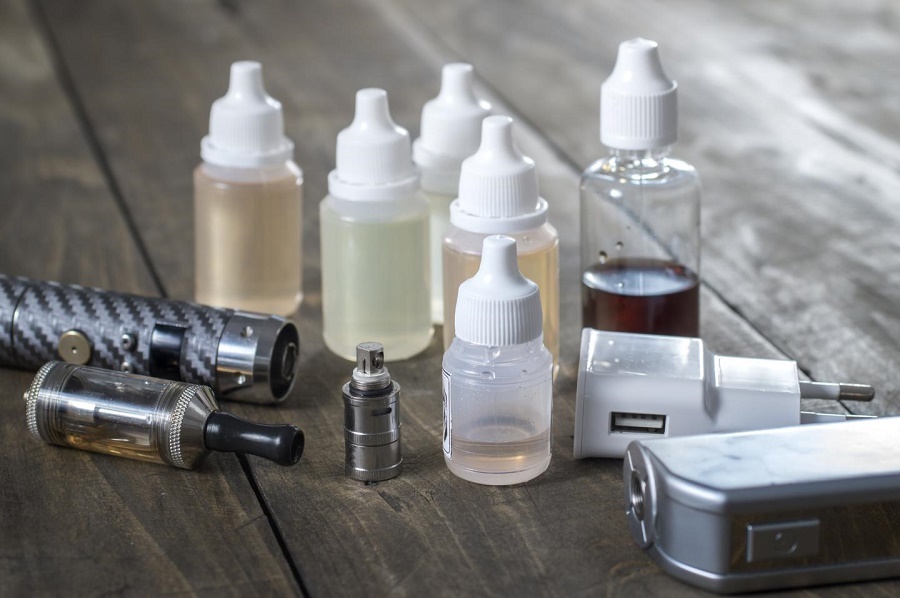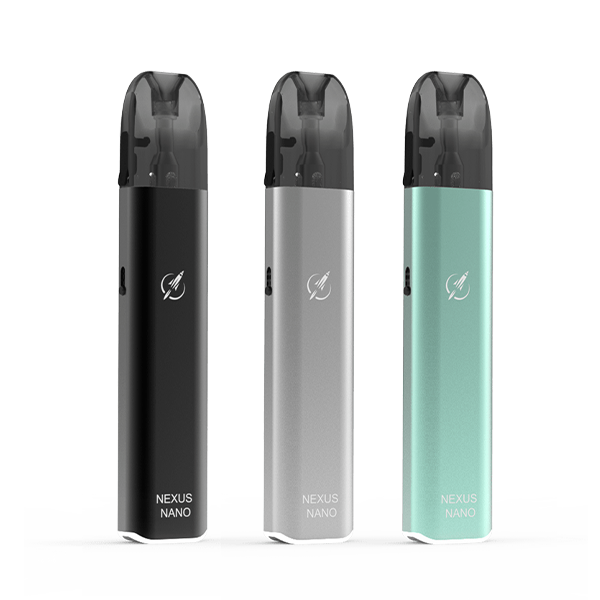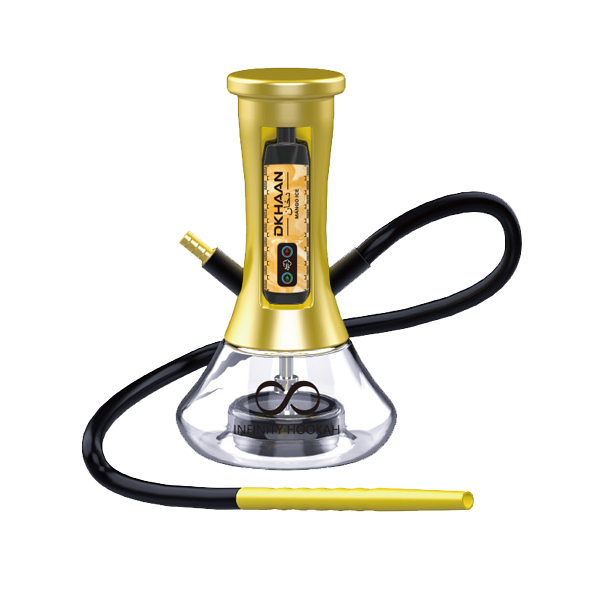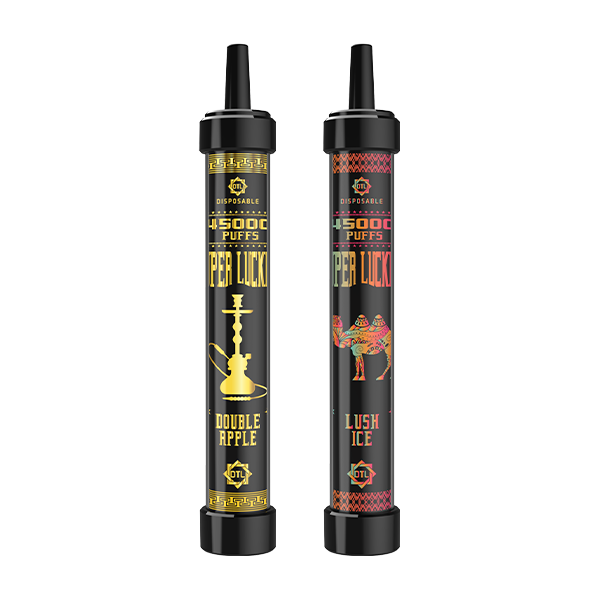Introduction
As vaping continues to evolve and gain popularity among smokers looking for alternatives, one of the most common questions is: How does vaping stack up to traditional smoking in terms of nicotine delivery? Specifically, how many puffs from a 5% nicotine vape equate to smoking one cigarette?
This article breaks down the science behind nicotine concentration, absorption, and user behavior to help you better understand how vaping compares to smoking.

What Does 5% Nicotine Actually Mean?
When you see a vape labeled “5%,” that refers to the nicotine concentration in the e-liquid—in other words, 50mg of nicotine per milliliter of liquid.
To compare, a single cigarette delivers about 1 to 1.8 milligrams of nicotine to the smoker. However, raw nicotine numbers don’t tell the whole story. The actual amount absorbed into your bloodstream—called bioavailability—depends on many factors, including the delivery method.
Cigarette smoke tends to have high bioavailability, while vaping absorption varies depending on device, e-liquid formula, and how you vape.
Vaping vs. Smoking: How the Body Absorbs Nicotine
The method your body uses to absorb nicotine differs significantly between smoking and vaping:
-
Cigarette smoke deposits nicotine quickly in the upper respiratory tract, while vapor from a vape travels deeper into the lungs before entering the bloodstream.
-
E-liquids contain propylene glycol, which aids nicotine absorption across membranes.
-
Vape device types—ranging from simple pods to high-powered mods—impact how much vapor and nicotine you take in.
-
Your personal vaping style—puff length, depth, and frequency—also plays a big role in determining how much nicotine you actually absorb.
These variables make nicotine delivery far more complex than just comparing milligram amounts on packaging.
So, How Many Puffs of a 5% Vape Equal a Cigarette?
Providing a precise number is tricky due to differences in usage habits and device performance. However, experts and studies offer a general range:
-
Traditional cigarettes are typically consumed in 10–15 puffs over a few minutes.
-
A user vaping with a 5% nicotine pod device might need 30 to 50 puffs to match the nicotine of one cigarette.
-
With advanced mod systems, which produce larger vapor clouds and higher nicotine delivery, it could take as few as 15–25 puffs.
These numbers are approximations and can vary significantly based on how you vape, your device, and how deep or frequently you inhale.
How Personal Habits Influence Nicotine Intake
No two people smoke or vape the same way, and these differences matter a lot:
-
Vapers who take long, deep puffs absorb more nicotine than those who take short, shallow hits.
-
Some users hold vapor in their mouth or lungs longer, increasing absorption.
-
Chain vaping or frequent puffing throughout the day can lead to much higher total nicotine exposure.
Similarly, smokers who inhale directly into the lungs will absorb more nicotine than those who puff lightly or smoke fewer cigarettes.
Bottom line: user behavior has a huge impact, and any puff-to-cigarette comparison should be seen as a rough guide rather than an exact formula.
Health Considerations and Misconceptions
There’s a widespread belief that vaping is “safe.” While it may reduce exposure to certain toxic substances compared to smoking, it’s not risk-free.
-
Vaping still introduces nicotine, which can increase heart rate, blood pressure, and lead to dependency.
-
It may irritate the lungs and airways, especially in individuals with respiratory conditions.
-
Long-term health effects of vaping are still being studied, and more data is needed to draw definitive conclusions.
That said, for adult smokers who switch completely to vaping, it may be a harm reduction strategy—but that doesn’t mean it’s entirely harmless.
Tips for Smokers Transitioning to Vaping
If you’re considering the switch, here are some practical steps:
-
Assess your current smoking habits — number of cigarettes per day and puffing style.
-
Start with a nicotine strength that matches your intake — if you’re a heavy smoker, a 5% e-liquid might feel more familiar.
-
Choose a beginner-friendly device, such as a pod system or vape pen.
-
Track your puff count and adjust nicotine levels as needed over time.
-
Gradually reduce your nicotine strength once you’re comfortable, aiming to cut dependence altogether.
Patience and self-awareness are key. Transitioning successfully requires finding the right device, strength, and routine that fits your lifestyle.
Final Thoughts
Determining an exact puff-to-cigarette ratio is difficult due to personal differences in usage. But understanding the mechanics of nicotine absorption, the impact of device type, and your own puffing behavior can empower you to manage nicotine intake more effectively.
Whether you’re switching to vaping to quit smoking or trying to reduce harm, the most important factor is being mindful and informed. Knowledge, paired with gradual adjustment, can make all the difference in your journey toward a healthier life.

















